Can You Cut Flexible Ducting?
To prevent mould, fresh air should always be introduced into your dwelling daily, as it helps to regulate temperature and reduce condensation. Introducing fresh air can be as simple as having a ventilation routine, or installing extractors or PIV systems.
In this blog, we will answer the question ‘Can you cut flexible ducting?’
Having an understanding of the uses and reasoning for using flexible ducting can be just the information you need in order to get the correct ducting to fit your needs. Knowing whether or not you can or should cut your flexible ducting can be vital for those doing the fitting themselves.
I-Sells is here to provide the answers you need whilst also supplying you with all the information you need to combat mould and have a well-ventilated home.
The function of ducting
The ducting system is a series of interconnected hollow tubes dedicated to the movement of air, ducting pipes can come in different sizes and as previously mentioned, in different shapes, each of which has its benefit.
Ducting pipes can be as long as required by the space it is occupying. Additionally, ducting can be created from different materials, as we will highlight below.
Ducting is used to facilitate the process of ventilation, ducting systems may vary, but generally are made from plastic or metal & made into the piping which intakes air from the room it is in & expels it outside.
The main purpose of ventilation is to introduce outdoor air into a dwelling, building or room being evenly distributed. Its general purpose is to allow “healthy” air for breathing & diluting pollutants that may be present in the dwelling, building or area.
Metal ducting explained
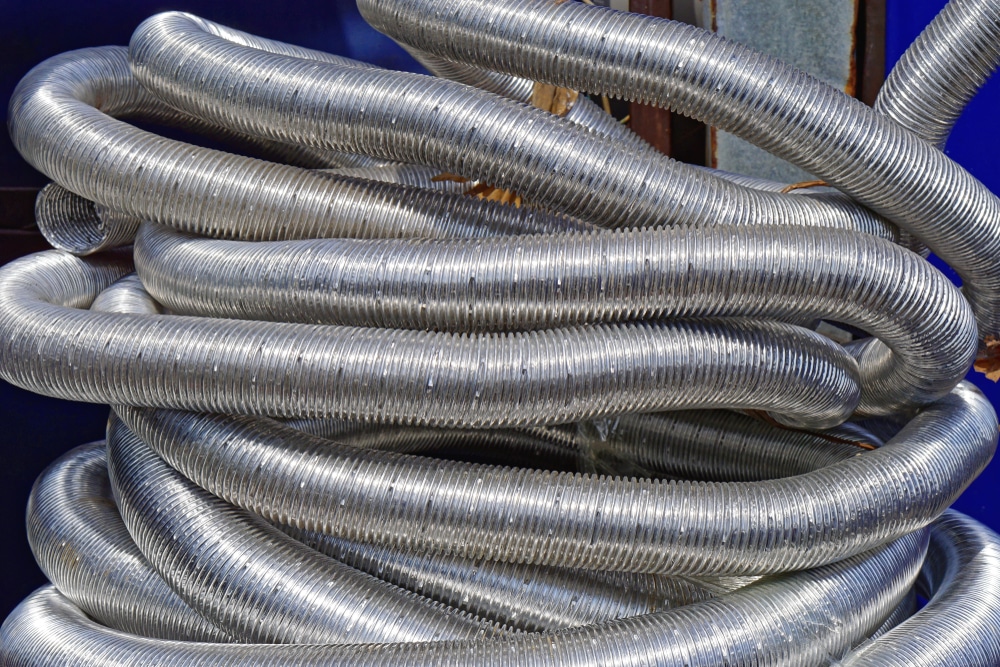
Metal ducting is ideal for ventilation systems set up in hotter environments, an example being a cooker hood. Metal ducting is also a popular choice for spaces and environments with air rich in certain compounds that could be hazardous or damaging to standard choices.
HVAC experts and engineers typically choose to rely on stainless steel for aggressive environments, where corrosion is highly likely.
We provide round ductwork fittings and accessories in a large range of diameters to suit all purposes including HVAC systems and extractor fans. Our metal ductwork is manufactured from high-quality galvanised Aluminium.
The benefits of metal ducting are as follows:
- It can be used in rooms that have appliances that emit a lot of heat
- High-quality galvanised aluminium ensures long-lasting function
- Ideal for industrial environments
- Can be insulated.
Where can I buy metal ducting?
We provide round and flexible ductwork fittings and accessories to suit all purposes including HVAC systems and extractor fans. Our metal ductwork is manufactured from high-quality galvanised Aluminium.
If you have any further questions about our ducting or if it would be appropriate for your project, please don’t hesitate to get in touch with us so we can direct you in the best possible way for all of your ducting needs.
Flexible ducting explained
Flexible ducting serves the same purpose as regular ducting, the function does not change, the only change is the conduit in which the air travels. There are nominal differences between the two that may make one more effective than the other, but this is purely subject to your needs.
Regular ducting is solid, it can not be manipulated into specific spaces unless it is made specifically for that space. Flexible ductwork however is specially designed to be manipulated into spaces during installation ( and after if necessary.)
Why would I need flexible ducting?
Flexible ducting is ideal for those with limited space but still require ducting. It can also be used as a temporary option. Flexible ducting can come in plastic or metal, applicable in home/accommodation settings, or industrial settings. An example of flexible ducting can be seen in conjunction with vented tumble dryers.
How to attach flexible ducting
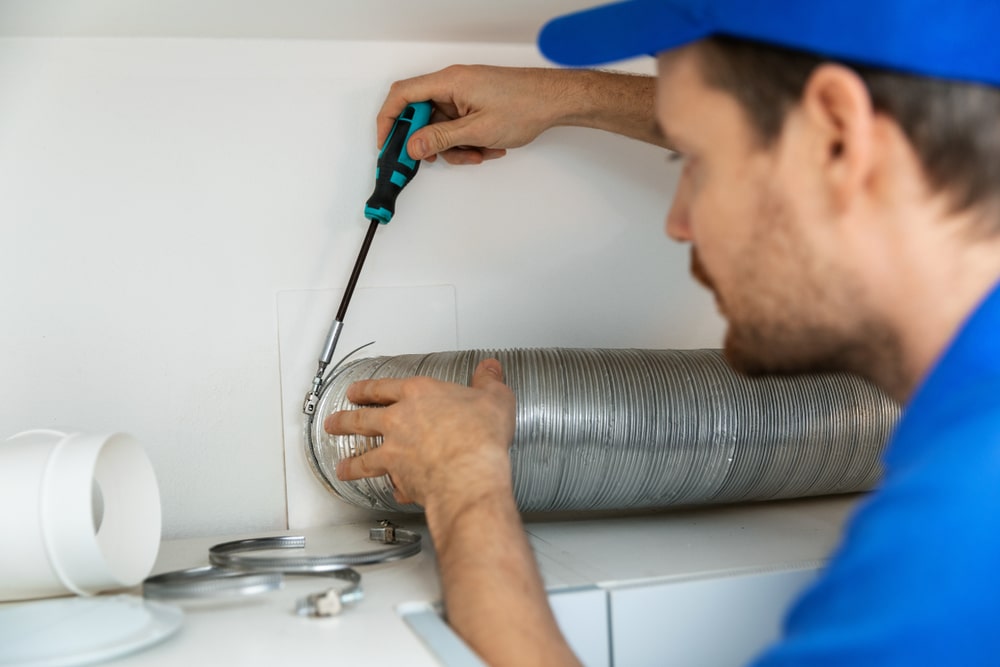
Make sure your flexible ducting is fully extended before attaching it to another part. Having it fully extended limits the amount of dust and allergens that would be caught in the ridges of the unextended areas, which will build up over time.
Additionally, fully extending the ducting before the application will ensure it will reach the maximum length it is able to. If you are new to installing ducting, we recommend speaking to your nearest HVAC expert to avoid any mistakes and possible refits.
The flexible ducting we provide comes in either aluminium or plastic, in addition to sizes ranging from 3M, 6M and 10M. Depending on the ducting you choose, you can also decide between 50-500mm diameter.
Please not that whether you decide to install your ducting vertically, or horizontally, you will need to make sure they are attached.
Below is a quick quide to installing flexible ducitng
- Flexible ductwork is considered as ‘female’ i.e. duct fittings such as bends and reducers are ‘male’ and generally slip inside the duct tube.
- You can use quick release worm clips, metal hose clips to attach the hose to a spigot or male fitting.
- For permanent fixings, seal joints with silicone sealant, or duct tape.
- You can join multiple hoses together using a connector.
- You can connect flexible hose to rigid pipe using a female threaded hose connector.
- You can connect flexible hose to rigid male fittings such as bends using a male threaded hose connector.
What happens if flexible ducts aren’t attached properly?
Like with any ducting, if flexible ducting is not attached properly, your ventilation system will be working at a limited efficiency. This can also present a health hazard, as any pollutants and dirt will partly escape through the unattached spaces.
Can you cut flexible ducting?
Yes, it is possible to cut flexible ducting, in order to do this you will need a duct knife or a utility knife, and securing with a metal hose clip. You should make sure that before cutting your flexible ducting, that you have fully extended it within the space it will be occupying.
It should not be coiled in any area except for the end that you intend to cut.
Why would I need to cut ducting?
Generally people cut their ducting when it the ducting is longer than the space it was bought to fit in. When it comes to flexible ducting, it is advisable to cut it if you have to. Having any tightly coiled, unextended areas can lead to a buildup of dust, reducing the effectiveness of the ducting over time, especially if it isn’t maintained.
Where to buy flexible ducting

The flexible ducting we offer comes in a variety of sizes and styles, including varying diameters including an aluminium 100mm diameter, and 102mm diameter . We have certain flexible ducting that is more suited to hot environments, all the way to ducting you can use for your tumble dryer.
Of course, we also offer ducting at different lengths to suit your needs which you can decide before ordering.
Purchase flexible ducting today
We at I-Sells endeavour to make sure our customers have all the information they need before choosing to invest in our mould solutions. Be sure to visit our blog page to gain knowledge on the wide array of factors and issues surrounding ventilation, mould, condensation, and much more.
We hope to have answered the question ‘Can you cut flexible ducting?’
We understand you may have more questions, Do not hesitate to contact us for more information with regard to whatever you need our help with. If you’d like to send us an email, click here. For other contact options, see below:
Call us on 020 8463 9696
Visit us at our showroom:
*OPENING TIMES*
Monday – Friday: 8:00 am to 5:30 pm
Saturday: 9:00 am to 12:00 pm
Sunday: Closed
15 St John’s Parade
Sidcup, Kent
DA14 6ES
United Kingdom

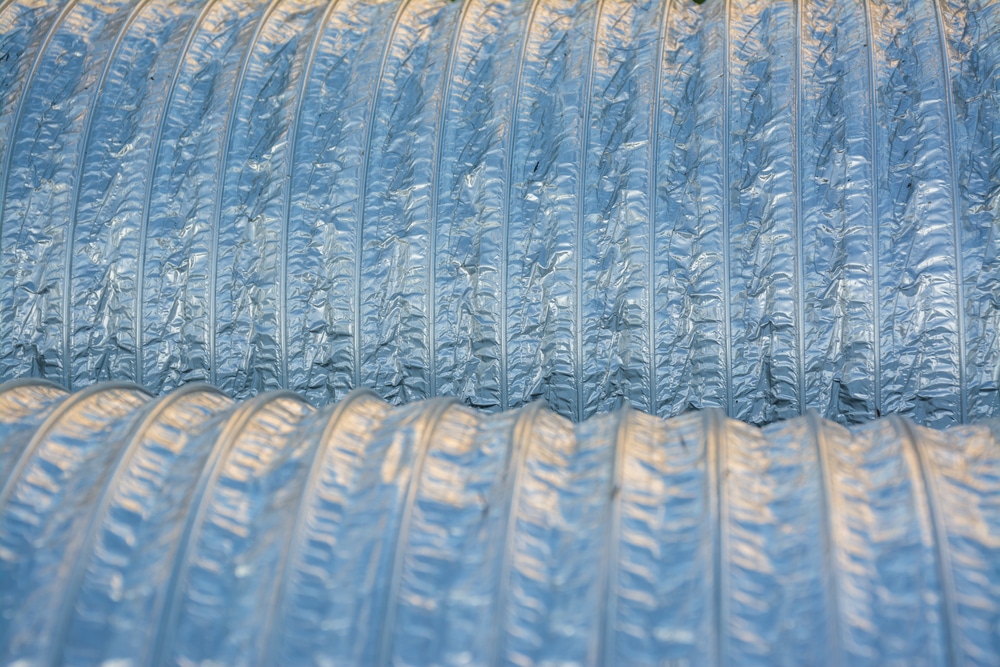
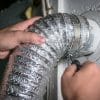
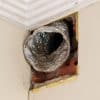
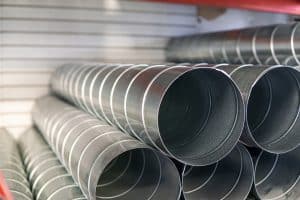
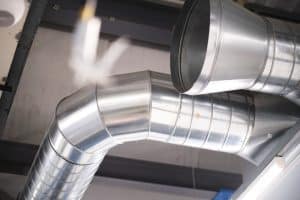


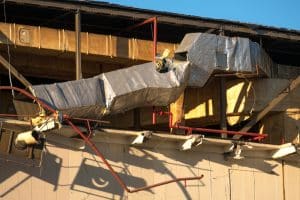


















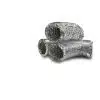

Add comment
You must be logged in to post a comment.